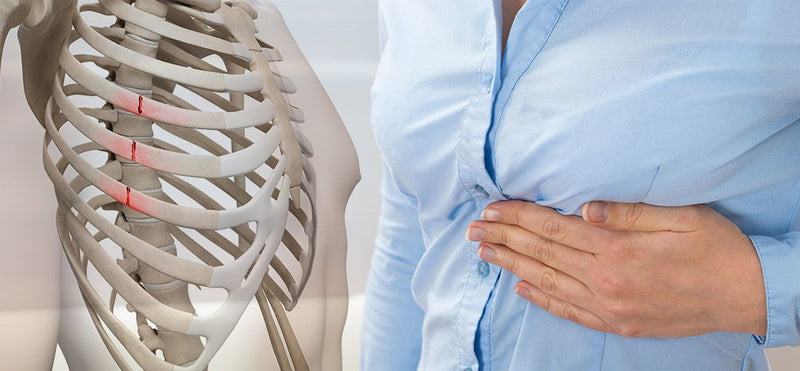

Studies on the same have revealed that you can lose as much as 10 tablespoons of liquid if you cut the meat immediately. Consequently, a bite into the meat will reveal the toughness and dryness that we mentioned earlier. One, this moisture will drip onto the tray, platter, or cutting board that you’re using, and two, some of the moisture will evaporate, causing the meat to cool faster.

If you were to jump the gun and take a knife to the meat as soon as you take it out of the propane smoker, gas grill, or oven, two things would happen. Consequently, during the cooking process, the heat from the grill or smoker will cause these muscles to contract therefore pushing the moisture to the surface of the meat while the interior is left dry. Unfortunately, the brisket meat also consists of a lot of muscles. Notably, a raw brisket is 71% water, and you want to retain as much of this moisture as possible. Resting the meat is one way to counter the dryness that makes the meat challenging to eat. As we mentioned above, brisket is cooked to 202 degrees which is well above this cut-off point. For lean cuts of meat that contain muscles like the brisket, the meat can be tough, dry, and almost impossible to eat if cooked to temperatures above 170 degrees. Our experts recommend the thermometer because it has an inbuilt alert system that can notify you once the ideal temperature is reached.Īnother reason for the resting period is the retention of juices and moisture. To ensure you get the right internal temperature use a specialized solution like the ThermoPro TP20 meat thermometer. If you don’t follow the instructions, there is a genuine chance the meat will be overcooked. As such, most recipes will account for this difference by recommending you take the meat out when it reaches 195 degrees. On the other hand, carryover cooking will raise the internal temperature by between 5-10 degrees Fahrenheit.

The ideal doneness level for brisket is an internal temperature of 202 degrees Fahrenheit.
/rib_fracture-56a270713df78cf77275c190.jpg)
This refers to the tendency of internal meat temperatures to keep rising even after the meat has been taken out of the smoker or grill. One is a phenomenon known as carryover cooking. Notably, there are multiple reasons for this. If you’re still wondering how long to let brisket rest after smoking or grilling, the recommended rest duration is at least an hour. Resting the brisket is crucial and will be included in any recipe you encounter. You can find answers and more useful information on the same in the sections below. If you’re new to cooking brisket, you’re likely wondering how long to let brisket rest and why it’s necessary in the first place. However, there is a requirement to let it rest for a while, and this step is necessary, especially if you want your long wait and cooking process to be worth it. After all that, most people will want nothing but to dig into the meat straight away. After all, the cooking time can easily exceed 14 hours, depending on the size of the beef. Learn more about our process hereįew things test your patience more than cooking a brisket. We may earn a commission through products purchased using links on this page.


 0 kommentar(er)
0 kommentar(er)
